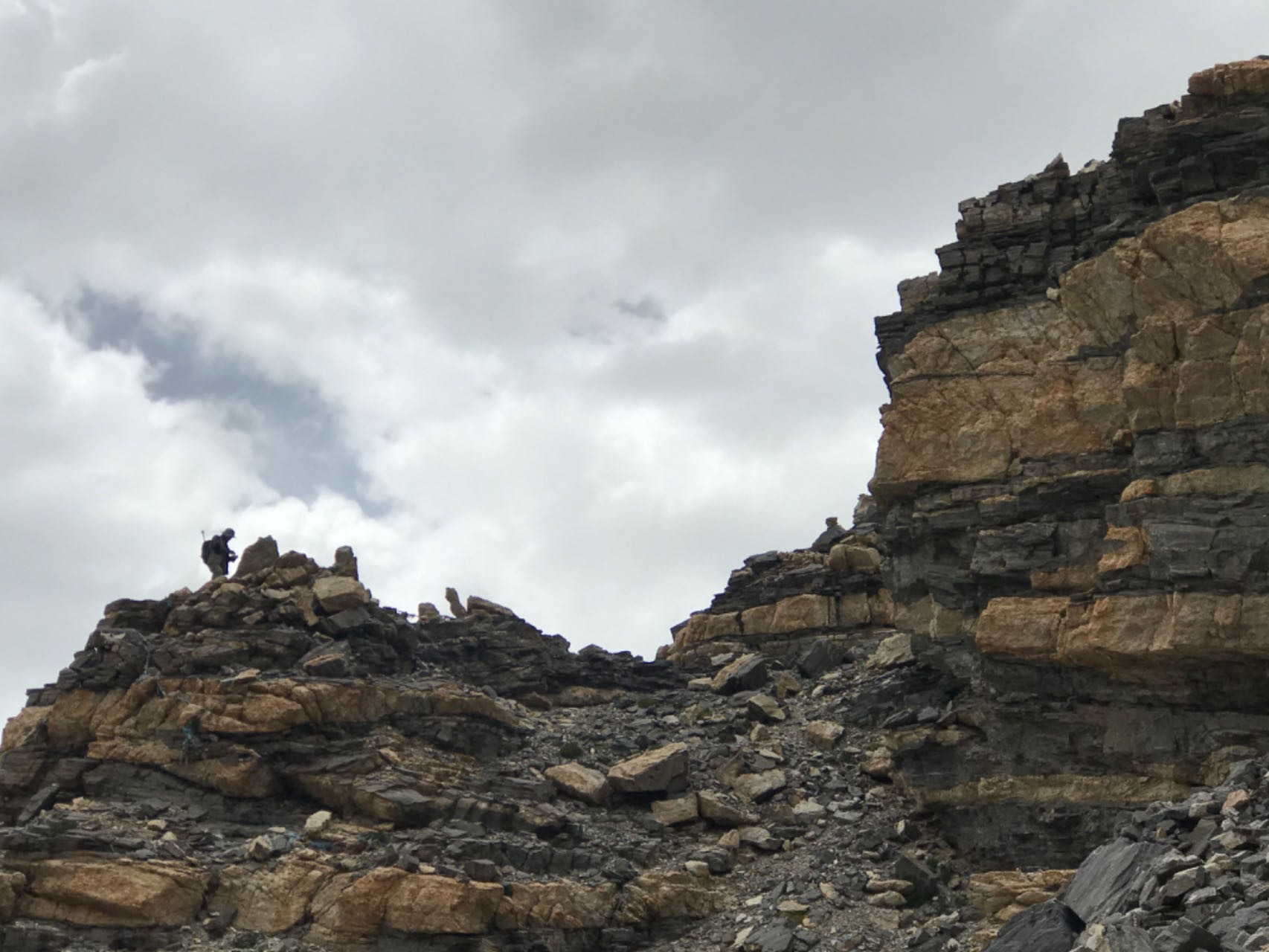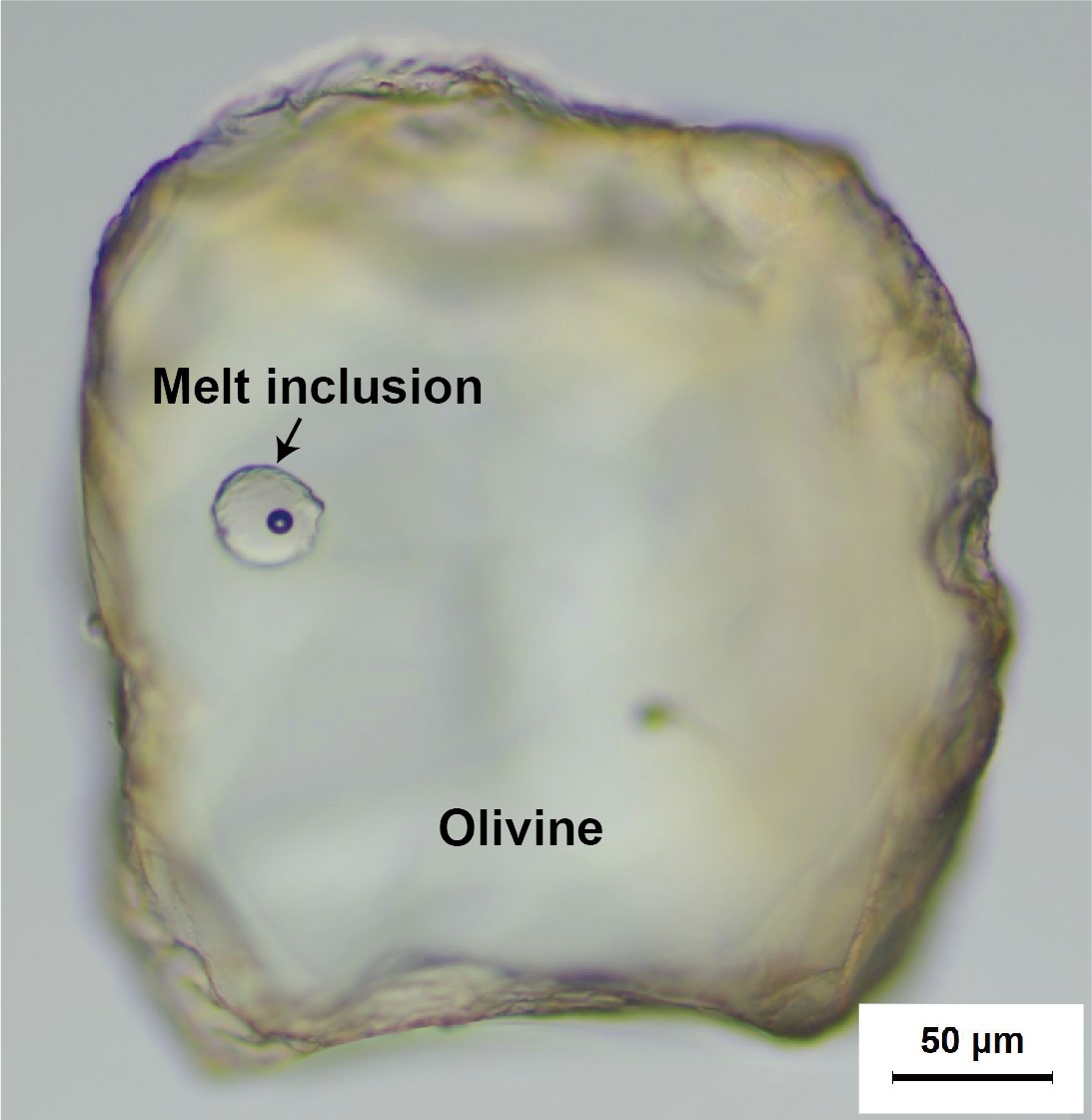New study reveals surprising connection between solar radiation and mantle processes
For years, scientists believed that changes within Earth's interior, such as volcanic eruptions and tectonic plate collisions, primarily influenced surface environments. Events like the mass extinction around 66 million years ago and the transitions between icehouse and greenhouse climates were thought to be driven mainly by these deep Earth processes. However, a new study published in Nature Communications has unveiled a surprising new aspect: solar radiation can also impact Earth's deep interior.
Solar radiation varies with latitude, creating temperature gradients on the sea surface that influence the distribution of marine life. These organisms, rich in carbon, are transported into Earth's interior through the subduction of oceanic plates. Researchers have discovered that this process significantly affects the redox state of arc magma.
The "redox" state of arc magma refers to the balance between reducing (losing oxygen or gaining electrons) and oxidizing (gaining oxygen or losing electrons) conditions within magma formed in volcanic arcs. Marine organisms serve as organic carbon, acting as a major reducer for the solid Earth. Consequently, the redox state of arc magma can reflect how the sun's influence penetrates deep into the Earth.
Many metal ores, such as copper, tin, and lithium—key elements for renewable energy technologies—are sensitive to redox conditions. Understanding the spatial and temporal distribution of global redox state has significant implications for predicting the locations and availability of these critical resources.
Thanks to decades of dedicated work by geologists worldwide, field campaigns have retrieved thousands of magma samples, some from deep within the Earth and some from the sea. These precious rocks offer remarkable insights into the interactions between surface climate and deep Earth processes.
By compiling global geochemical data from Cenozoic arc magma and olivine-hosted melt inclusions, researchers from IGGCAS found that magma in lower latitude regions is less oxidized than in higher latitude areas.

A geologist collects magma samples in a field campaign over the Tibetan Plateau. (Credit: Fangyang Hu)
"Previous studies mainly compared samples from the same longitudinal regions, like the United States in the northern hemisphere and Mexico in the tropical zone, without finding significant differences. However, our samples from different latitudes showed varying redox reactions, which piqued our curiosity. Trying to explain these differences led us to discover this unexpected pattern." Bo Wan, a geologist and co-author of the study, shared his motivation for this research.
"This unexpected pattern suggests that surface climate has a direct influence on the deep Earth. It also suggests that the Earth’s surface environment and climate have a vital influence on the deep Earth."
So how does the sun works on the interior of the Earth?
Scientists analyze tiny melt inclusions within olivine minerals and bulk rock data to determine the redox state of arc magma. Vanadium and scandium levels served as key indicators in the geochemical models, revealing a latitude-dependent redox distribution.

Olivine-Hosted Melt Inclusions (Credit: Yadong Wu)
Further evidence came from ocean floor studies, showing more reduced carbon deposits in lower latitudes. This carbon interacts with sulfur to form sulfide, which is then transported into the mantle, contributing to the observed redox pattern.
"The observed pattern suggests a strong link between the surface environment and the redox state of the deep Earth, offering new directions for exploring resources and environmental effects of subduction systems at different latitudes," says Fangyang Hu, the corresponding author of the study.

Sun's Influence on Earth’s Deep Interior (Credit: Jiancong Liang)
While the findings are compelling, researchers acknowledge the need for more extensive data from global marine and subducted sediments. The study opens new avenues for scientific exploration.
Contact:
Fangyang Hu
Division of Solid Mineral Resources, IGGCAS
E-mail: hufangyang@mail.iggcas.ac.cn